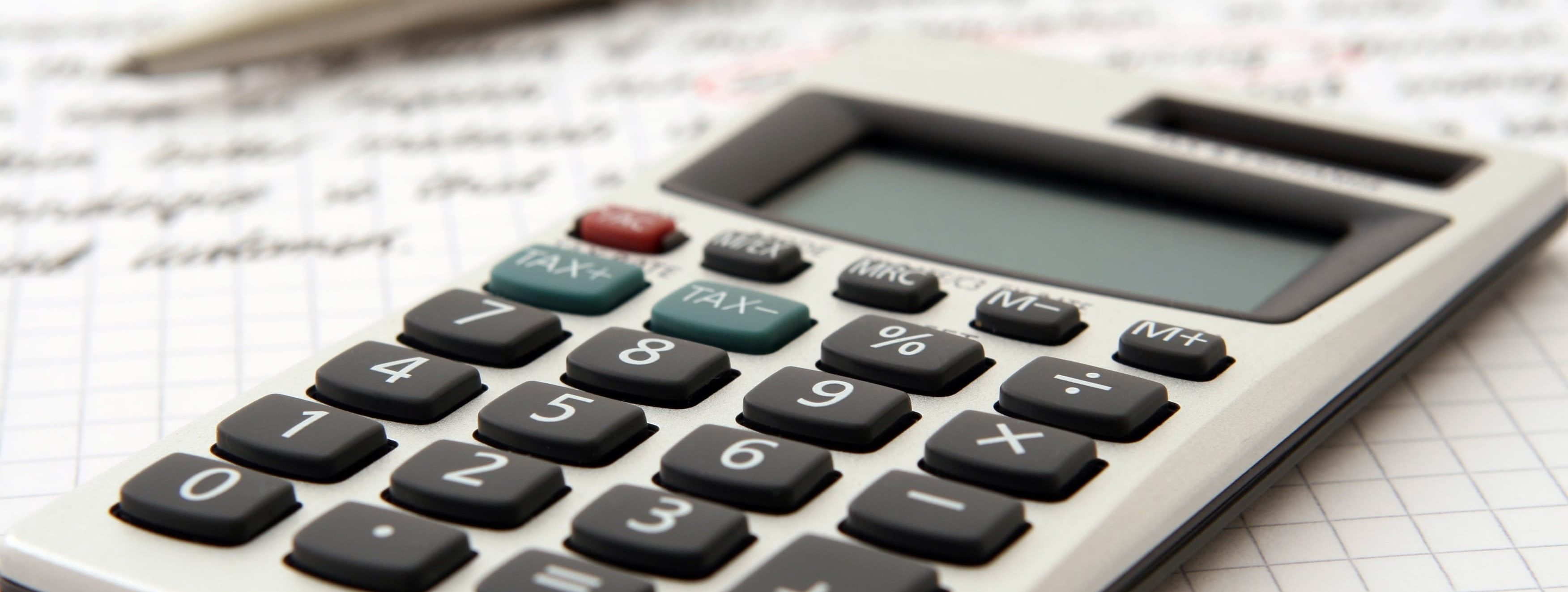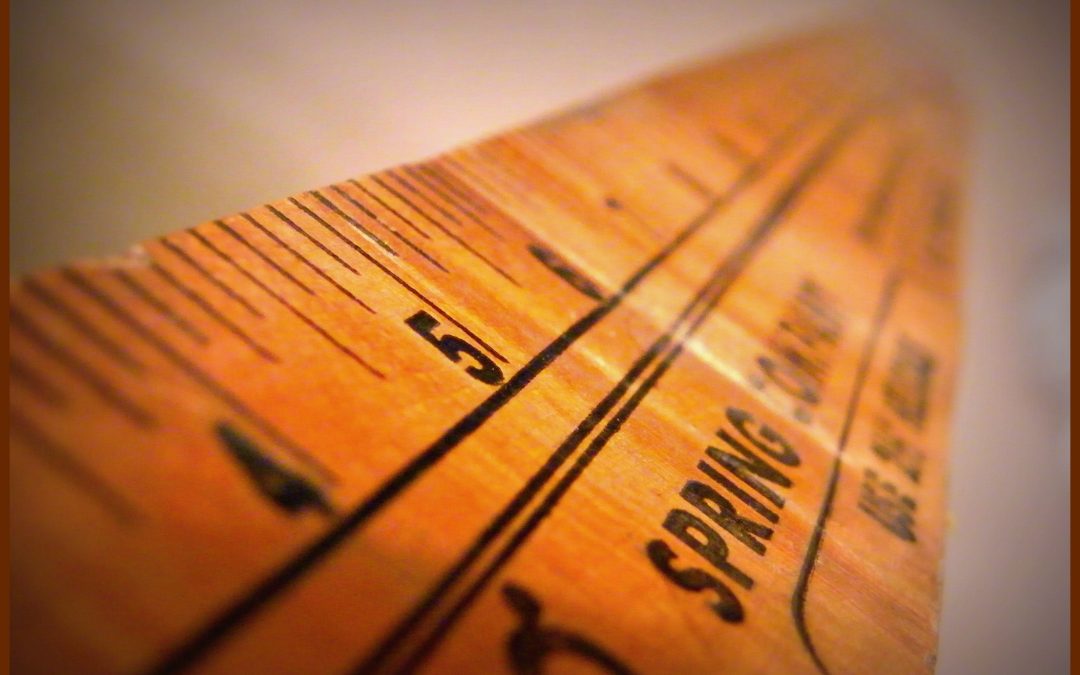At one time, janitorial bids were made with a verbal agreement and a friendly handshake. However, in today’s highly competitive bidding environment, it’s instead become a matter of being able to provide a measurable baseline that justifies your numbers down to brass tacks.
This is where the ISSA cleaning times can come into play.
The International Sanitary Supply Association (ISSA) provides these detailed descriptions of 612 cleaning production rates applicable to industrial, commercial and educational facilities. These rates provide a current standard benchmark for the average amount of time is should take a cleaner to complete each of the wide number of typical contracted cleaning tasks performed at various speeds.

How ISSA Cleaning Times Are Calculated
The process of collecting and averaging the length of time it takes to complete each of the various tasks that your cleaners perform – vacuuming, washing windows, dusting, mopping, cleaning toilets, wiping down counters… the list is extensive – would be excruciatingly difficult and tedious for any one business owner to tabulate for themselves.
This is exactly why ISSA cleaning times are so helpful.
Here’s a description sample entry from the Smart Staffing, Bidding & Estimating Guidebook:
Six different cleaners were then given the exact same task, with the exact same supplies and instructions. They were each meticulously timed and an average length of time needed to complete the task was compiled:
Task: Remove trash
Area: 15,000 square feet
Density: Normal, no variables
Cleaner 1: 33 minutes
Cleaner 2: 27 minutes
Cleaner 3: 30 minutes
Cleaner 4: 30 minutes
Cleaner 5: 32 minutes
Cleaner 6: 28 minutes
TOTAL: 180 minutes
180 minutes / 6 cleaners = 30 minutes average cleaning time
The guide then uses the following formula to determine the production rate:
60 / (average cleaning time) X (number of square feet)
So, in this example, the formula would be:
60 / 30 X 15,000 = 30,000 square feet per hour
Since there were no variables in this example, the base production for trash removal in this size of building is 30,000 square feet per hour.
With this kind of information, applied across each different task necessary for the bid, you are able to justify to your client exactly how you arrived at your bid rate, based on an internationally pre-established standard.
Are you able to provide such accurate information that allows your customers – regardless of industry – to equally and fairly compare your pricing to what your competition offers? Or does it make your head swim as you imagine trying to engineer such a tediously detailed bid?
Increase Your Efficiency
You Don’t Have to Start at Ground Zero!
Get bidding assistance through the Janitorial Manager software. It’s designed to incorporate the ISSA cleaning times alongside customized buildouts for potential customers’ spaces. This means that users can input the building details for each client’s bid, including:
- Multiple locations
- Various-sized buildings
- The number (and types) of floors in each building
- The number (and types) of rooms on each floor
- Total square footage.
Using this information, the JM bidding assistance software automatically calculates the approximate length of time that the total job (or portions thereof) will require. With this data, you have a justifiably measured expectation from which you can bid your jobs.

Overwhelmed with Data? JM Can Help!
If this sounds like a helpful measuring stick for bidding or for comparing your services against current jobs, now is the time to connect with the ISSA experts at Janitorial Manager. Request a FREE demo of the bidding software and the many other features of the JM software, today!

